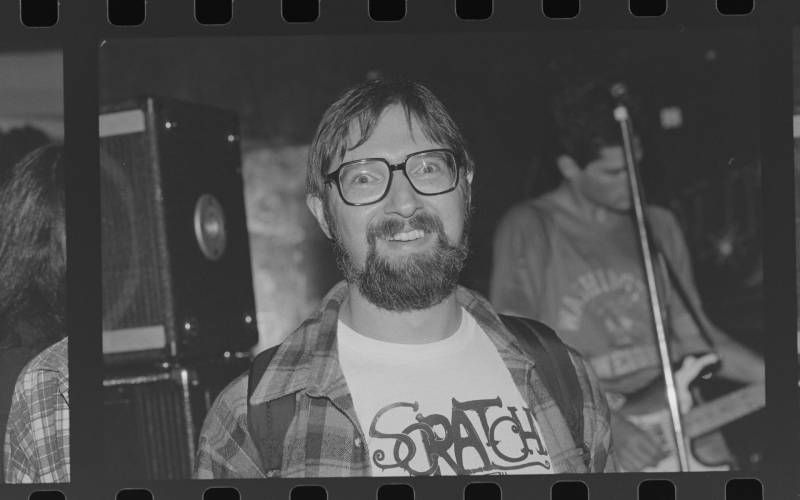Murray Bowles, the photographer who chronicled the characters, chaos and energy of the Bay Area’s punk scene for over three decades, died at his home in Sacramento on Sunday. He was 68.
Often seen in the middle of swirling crowds, one arm lifting his camera into the air, Bowles created tens of thousands of images that captured the close-up intensity of a punk show. Many of his photos became defining images, particularly in the East Bay punk scene, and his photos graced magazines, record artwork and film documentaries.
“One of the great rites of passage of being a teenage Berkeley punk rocker was finally getting into one of Murray’s pictures,” said close friend Anna Brown. “It meant that you were in.”
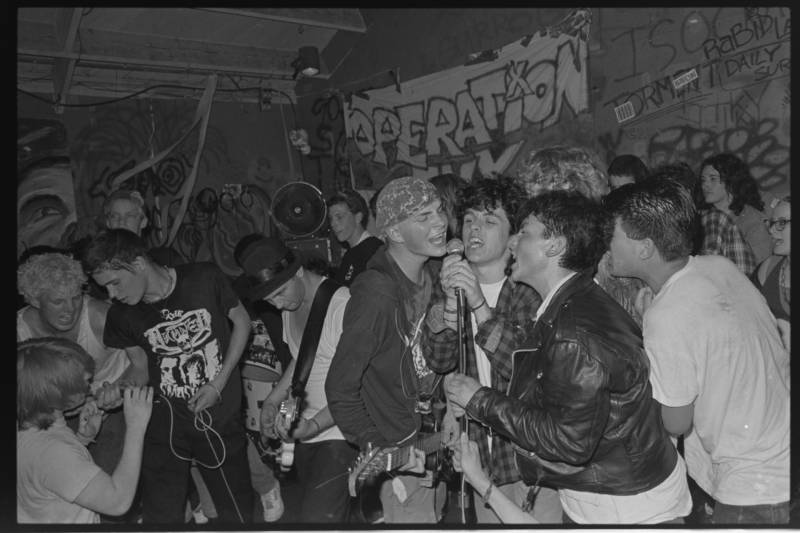
Bowles photographed thousands of bands, including many at Berkeley punk club 924 Gilman during the 1980s and 1990s. Along with bands like Crucifix, Filth, Crimpshrine and Fang, some of Bowles’ most iconic early photos capture young bands that went on to become globally known, like Operation Ivy, Neurosis, and Green Day.
But Bowles preferred the warehouses and basements.
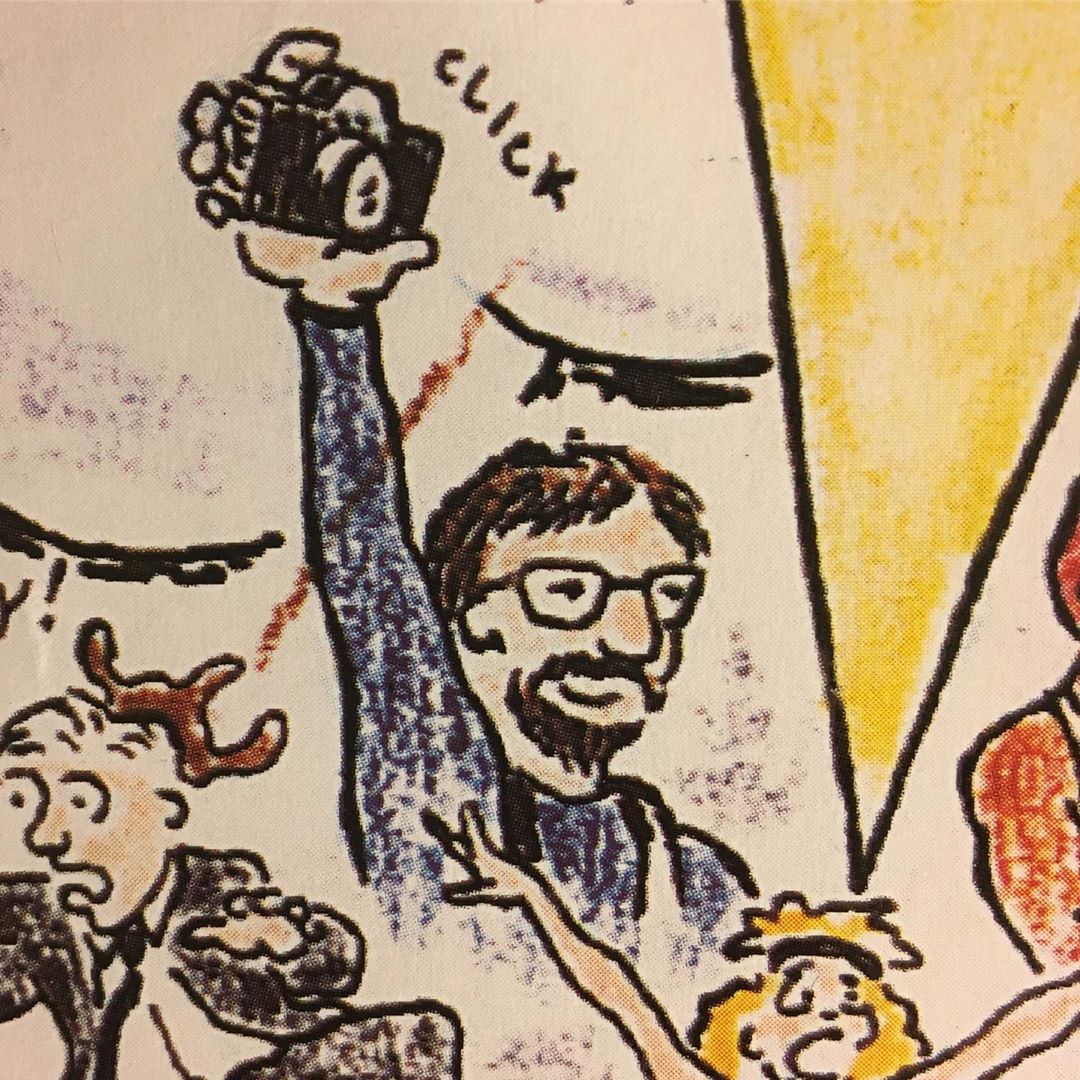
“He was right in there with the gritty basement shows, with kids, just sweaty, wild and free,” Brown said. “And I think that one of the things that’s so great about Murrays’ pictures is that sort of joyfulness. Even if was the most violent, negative band, the pictures came across as really sweet.”
Bowles was such a ubiquitous presence at Bay Area punk shows that he was included by artist Richie Bucher on the cover of Green Day’s 1994 breakthrough album Dookie, in his signature point-and-shoot pose.
“For me, he’s the most important part of that drawing,” said Bucher, who initially wanted to include everyone in the Berkeley punk scene in the tableau, an impossible task. “I don’t know if I thought about it at the time, but I realize now that by putting him in there, I wasn’t leaving anybody out. Because everybody from our scene could connect to him.”
“Murray, you are a legend,” wrote Green Day’s Billie Joe Armstrong on Instagram on Monday. “I remember seeing your photos up on the walls at Gilman the first time I ever went there. Amazing photographer, musician. The nicest man and a great friend to the punks. East Bay punk has a heavy heart today.”
[See a giant collection of Murray Bowles’ photos here.]
Questions about the future of Bowles’ archive have already been addressed. Brown said that, with Bowles, she’s planned for decades to publish a book of his photographs, a project she still hopes to see to fruition. Bowles selected all the images before he died, and helped with an outline for the book.
Corbett Redford, director of the documentary Turn It Around: The Story of East Bay Punk, said that having access to Bowles’ archive was a crucial component to the film. “He was so generous to give [his archive] to us. We would not have a documentary if it was not for him.”
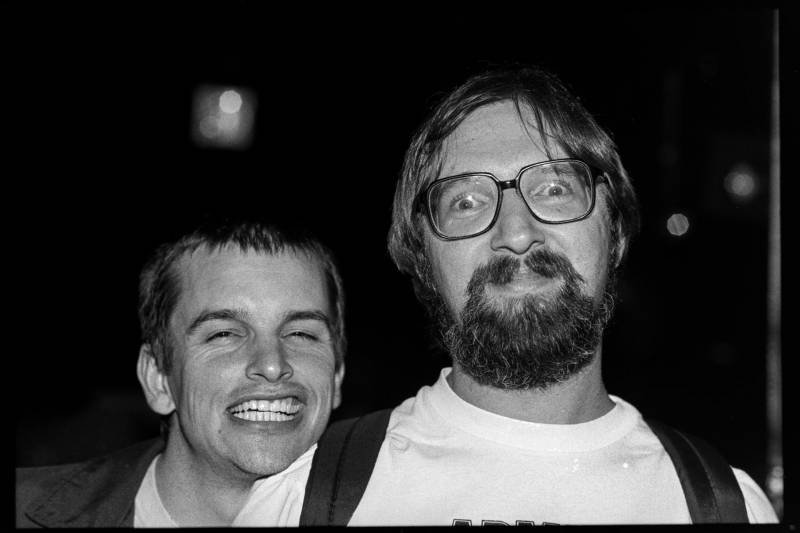
It was through the making of Turn It Around that 25 years of Bowles’ photos were finally preserved. Redford tells the story of driving to Bowles’ San Jose home with fanzine editor Robert Eggplant and Tim Armstrong from the band Rancid. There, the three went through decades of old photos and negatives.
“It was all gathering dust in his closet—30,000 negatives that were pretty disorganized,” Redford said. The three loaded all of Bowles’ negatives into the trunk, and drove back to Oakland to be cleaned and digitized over time by Caoimhe Carty, the film’s online editor.
“When I was driving back, I had what I felt was the Tiffany Diamond in the trunk,” Redford said. “I kept thinking, ‘Please don’t get in an accident. If I do, the entire history is gone.’”
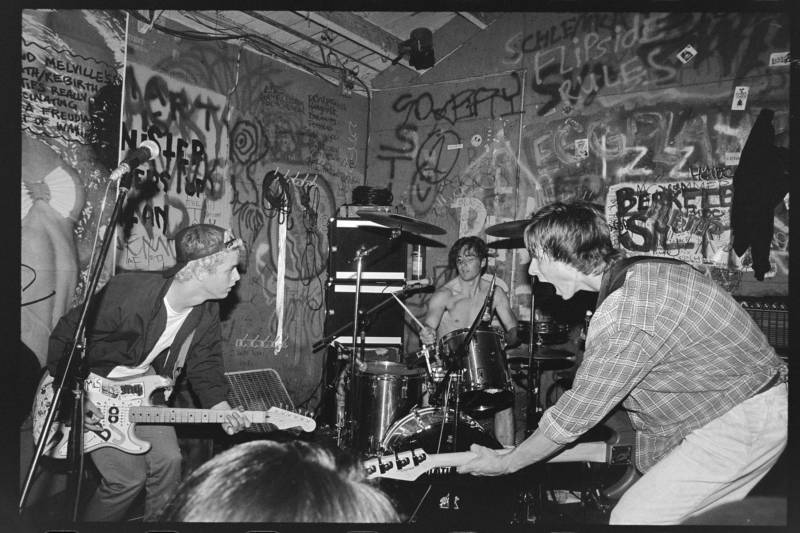
Bowles was raised in San Gabriel, California, and learned photography from his grandfather. Upon graduating from UC Berkeley in 1976, he found work as a computer programmer in San Jose, but an assignment to photograph a show for the fanzine Ripper got him hooked on the action of punk. “I started bringing my camera to every show I went to,” he told Maximum RocknRoll in a 2009 interview. “It was addictive.”
Bowles initially distributed his photos by bringing a box of them to shows and selling them for 15 cents each to cover development costs, eventually raising the price to a quarter. It became a tradition among punks to scrape together change and buy pictures of themselves at shows from the week prior. In 1987, Maximum RockNRoll published a special issue dedicated to Bowles’ photography, titled If Life is a Bowl of Cherries, Why am I in the Pit?
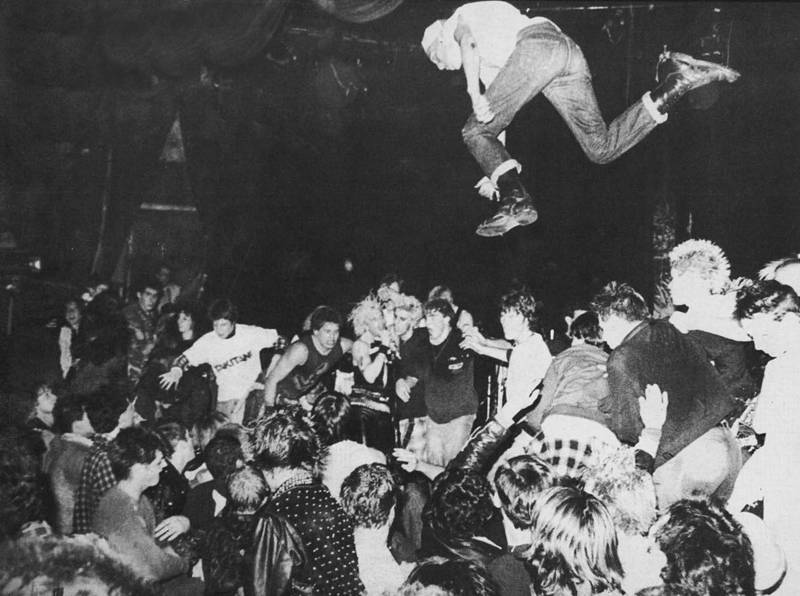
Later, Bowles maintained an active Instagram account, posting pictures from shows along with his other hobbies: food, beer, bicycling, nature. He also played the viola for several bands, as well as the Peninsula Symphony and the occasional theatre pit orchestra. He worked for Dell Computers until his retirement, when he moved to Sacramento.
There, Brown said, he continued to go to underground shows up until the end, always taking photos. “He really captured this side of punk that was not cliché,” Brown said. “He really got it.”
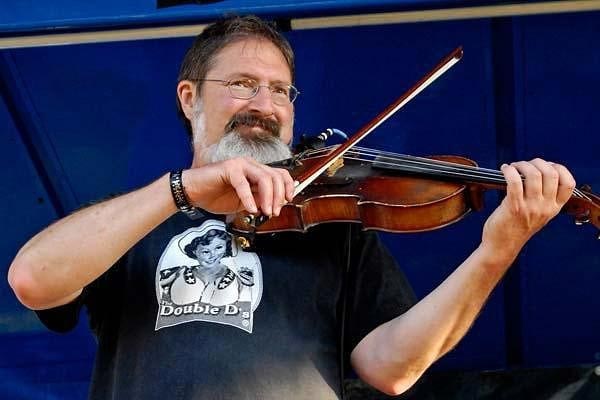
Matt Saincome, founder of the punk satire site The Hard Times, remembered Bowles for his commitment and tenacity.
“My friends and I, we threw a show at a barn in Clayton when I was 16,” Saincome said. “There were 12 people there, out in the middle of nowhere, up this mountain, it didn’t even have an address. Absolutely no one came. No popular bands. And all of a sudden, Murray popped up. It’s me and 12 of my friends, and then him… His dedication to punk went so far that he wasn’t just going to a couple venues here and there. He said, ‘I’m gonna drive up this mountain in Clayton, to a barn with cows and chickens.’”
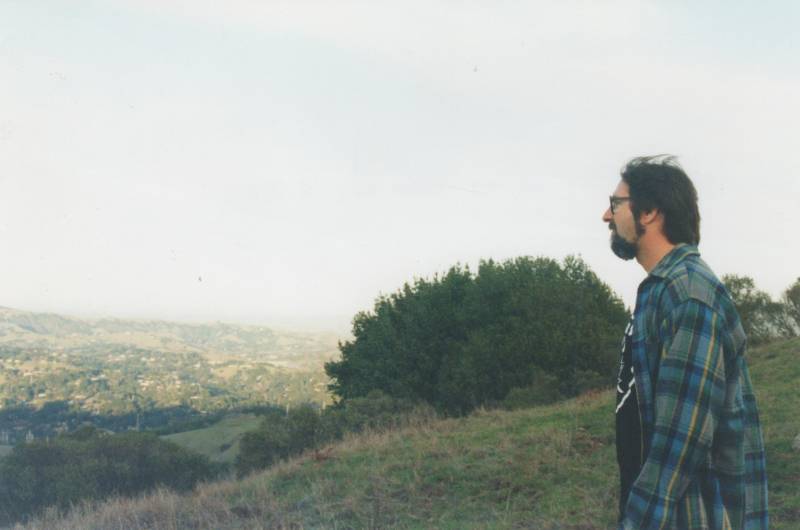
Saincome echoed the sentiment that Bowles chronicled people, music and moments that would otherwise be forgotten, with an eye for people’s humanity. “If you’re a Bay Area punk kid, you can go to his website and watch yourself grow up in real time through his photos,” Saincome said.
“Just the fact that it was him taking your picture—it made you feel legitimate, and valuable, and part of something,” said Bucher. “I had trouble feeling part of anything. But if Murray’s there, then it’s hard not to feel included.”
As Becca Bolo, a Gilman regular in the 1990s, put it, “Murray was an incredibly talented person who gave us the gift of seeing ourselves as the beautiful humans that we are.”
